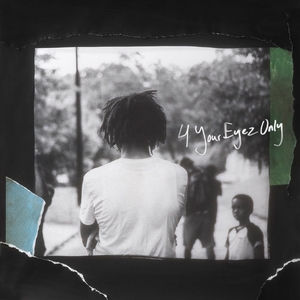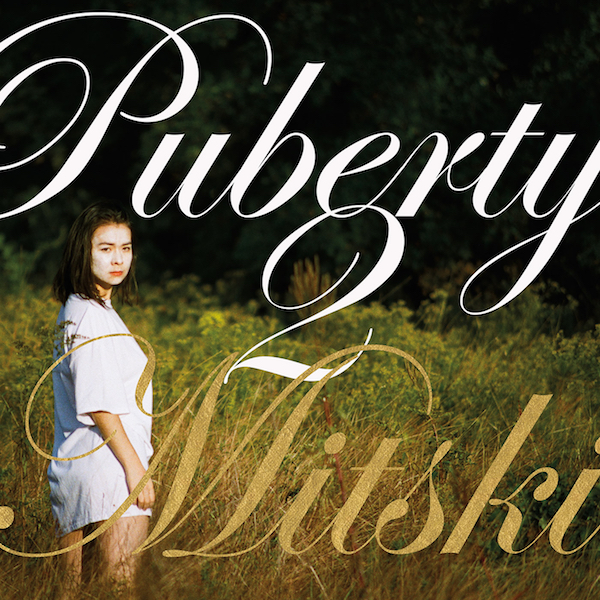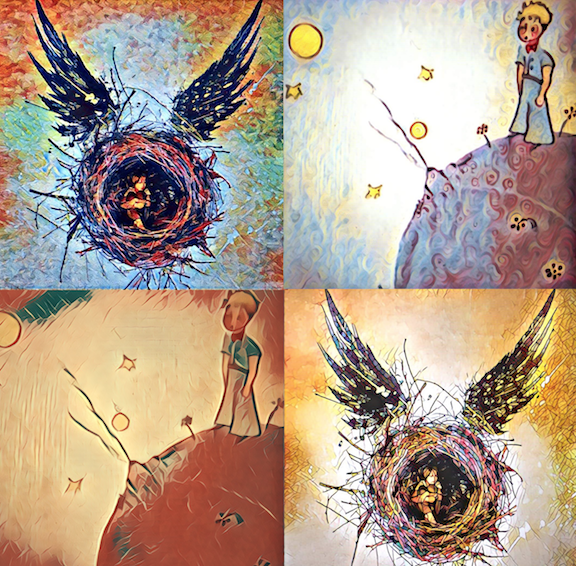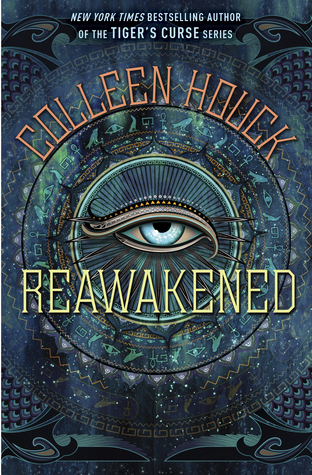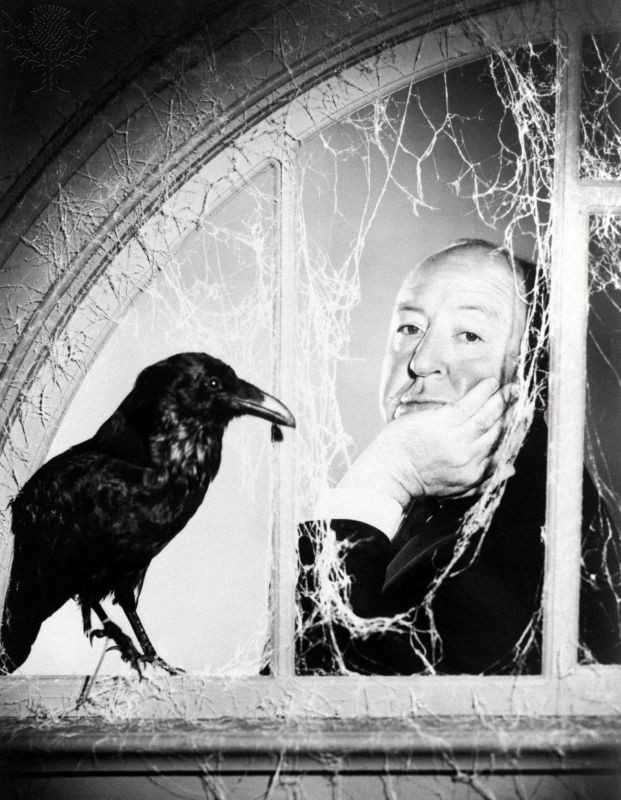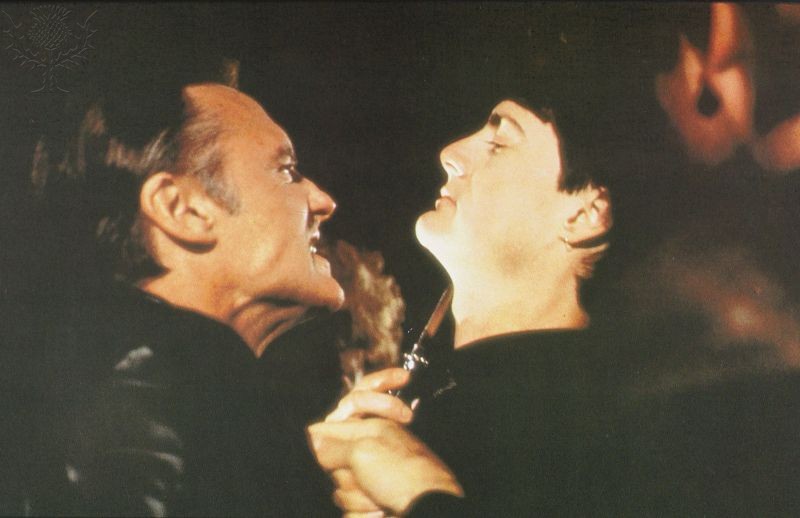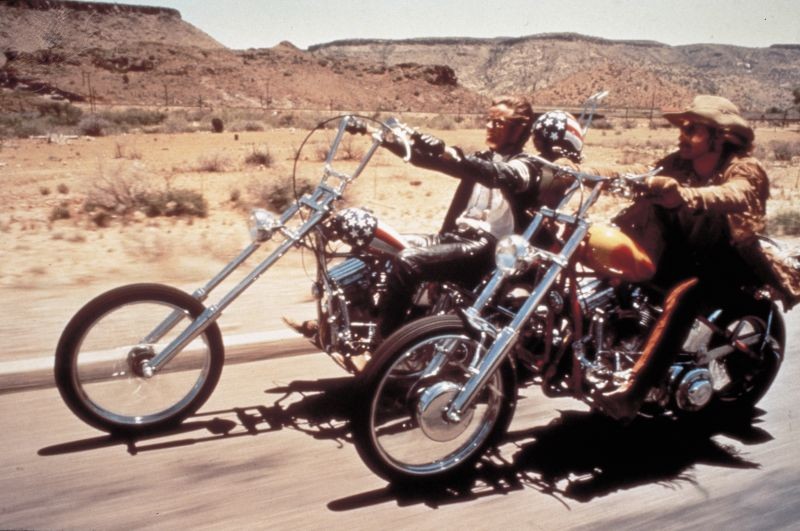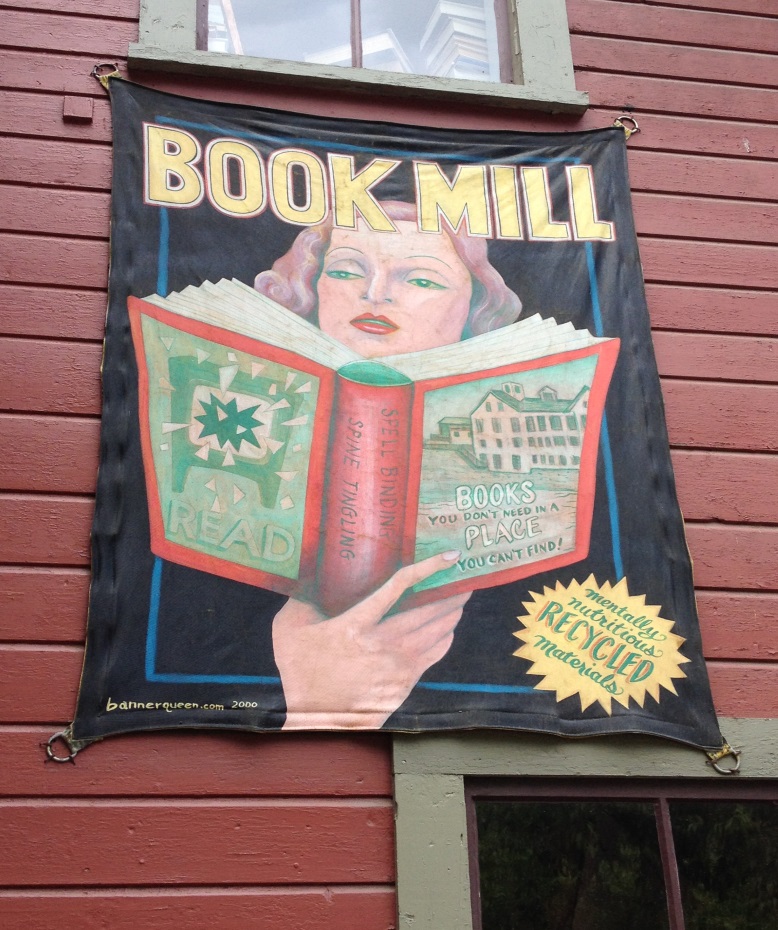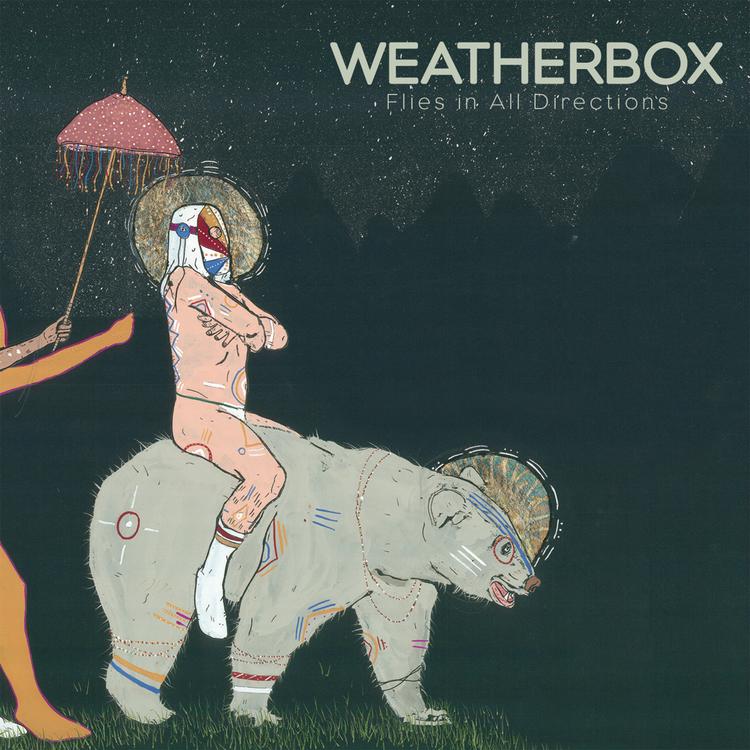0
0
1
1354
7718
WPI
64
18
9054
14.0
Normal
0
false
false
false
EN-US
JA
X-NONE
/* Style Definitions */
table.MsoNormalTable
{mso-style-name:”Table Normal”;
mso-tstyle-rowband-size:0;
mso-tstyle-colband-size:0;
mso-style-noshow:yes;
mso-style-priority:99;
mso-style-parent:””;
mso-padding-alt:0in 5.4pt 0in 5.4pt;
mso-para-margin:0in;
mso-para-margin-bottom:.0001pt;
mso-pagination:widow-orphan;
font-size:10.0pt;
font-family:”Times New Roman”;
border:none;}
by Kieran Sheldon
Two years ago, yearning to relieve the monotony of a four-day family road trip, I happened upon a novel entitled The Strange Affair of Spring-Heeled Jack by Mark Hodder. According to the synopsis on the back, Sir Richard Burton, Victorian-era explorer and agent of the Queen, was heading into Victorian London’s slums in search of arch-criminal Jack. The synopsis seemed interesting enough, and the cover involved some sort of interesting stilt-walking figure wreathed in blue lightning, so I bought it.
I’d visited London before, and thoroughly enjoyed it. However, real-world London had nothing on Hodder’s version, which was populated not only by the expected lofty lords and cursing cabbies, but also by genetically engineered werewolves, clockwork automatons, and a man who had transplanted his brain into an orangutan. Colossal airships blotted out the sun. Historical figures had been somewhat modified. For instance, in Hodder’s London, Isambard Kingdom Brunel, Victorian-era engineer, survived beyond his presumed death in an enormous steam-powered mech-suit. Somehow, I don’t suspect that the real Brunel accomplished such a feat.
Oh, and as it turns out, Spring-Heeled Jack was a time-traveller.
I had next to no idea what I was reading, but I loved it. Through blind luck, I had stumbled upon steampunk.
Well, consider my monotony relieved.
As a literary genre, steampunk involves the fantastical juxtaposition of the technology and beliefs of the Victorian era with those of today. This anachronism results in such contraptions as clockwork robots and galleons that hover on the aether. Mike Perschon, Professor of English at MacEwan University, proposes on his blog, The Steampunk Scholar that steampunk is characterized by three things: technology powered by dubious or unexplained science, a Victorian-era aesthetic, and an exploration of how the men and women of the past imagined their future. Thus the clockwork robots, and much else.
Steampunk also influences fashion and art. Designers incorporate Victorian garments and airship goggles into their outfits, while artists build modern relics that echo the magnificence of the past. For instance, renowned steampunk craftsman Jake von Slatt modified the pictured guitar by electrolytically etching cogs onto its faceplate.

jake von slatt and his steampunk guitar / jake von slatt
However, when steampunk bleeds beyond the written word and into other cultural phenomena, such as fashion, music, or art, its definition quickly grows less distinct. Primarily, this stems from steampunk’s appeal to those countercultural souls who actively defy definition. Many who incorporate steampunk elements into their artwork do so as a rebellion against popular culture. Therefore, as soon as popular culture begins to understand the steampunk movement, its adherents change its definition.
At first, I was a bit put off by steampunk’s emphasis on rebellion, which had always seemed destructive and ugly to me. However, I came to find steampunk’s take on rebellion fascinating, because it focuses not on destruction, but creation. Steampunk artists, designers, and musicians declare their disdain for some facet of modern culture not by tearing it down but by designing something new and beautiful to take its place. These artists are often referred to simply as “makers,” and for good reason, since they build fantastical devices the likes of which this world has never before seen.
Perhaps most visibly, steampunk rebels against the impersonal nature of modern technology. Many steampunk artists find themselves dismayed by the mass-produced, homogenized gadgets that fill modern markets. Goggles firmly in place, these adventurous souls construct the personalized, artistic technology that they wish was more prevalent in the world. Thomas Willeford, a maker who works mostly in leather, and who built the marvelous ornithopter backpack pictured, points out that “something can be very functional and still have a sense of beauty about it. Where are the wood-grain laptops? Where are the beautifully picture-framed monitors that are commercially available? The monitor is made from induction-molded plastic. It wouldn’t be that much harder to make it look better.”

THOMAS WILLEFORD’S ORNITHOPTER BACKPACK / JESSE WALKER
Steampunk also objects to modern technology’s mechanical incomprehensibility to the average man or woman. In the Victorian era, most technology, involving nothing more than pressurized air and cogs, was understandable without years of specialized study. Williford explained that, instead of presenting iDevices and laptops that seem almost magical in their cryptic operations, “steampunk likes to say, ‘Here’s how our science works. See this steam engine here?'”
The leatherworker bemoans our age’s lack of practical know-how. “I find the inability of people to use tools to be rather abhorrent,” he said. “It is the opposite of being self-sufficient and self-powered. The ability to use tools makes one better prepared for adversity.”
Steampunk suggests a single solution to these many issues: build the type of technology that you want to see in the world, and build it with your own hands. Through this experimentation with technology, often referred to as “tinkering,” steampunk devotees not only make themselves more mechanically knowledgable and capable, but simultaneously create art. Thus, again, the movement eschews the destruction of the unsatisfactory in favor of the creation of something better.
Wearers of steampunk fashion act in a similar manner, casting aside modern dress in favor of top hats, vests, goggles, corsets, and all manner of brass bits and bobs. Styles range from simple hats and vests to such gloriously inconvenient contraptions as Willeford’s ornithopter backpack. Disappointed with the ripped jeans and brand-name sweatshirts of today? Why not wear the sophisticated suits and gowns of yesterday? Some steampunk devotees do just that, while others wear clothing inspired by the practical, utilitarian garb of the Victorian-era worker, the better to hold all of their tinkering tools. Once again, steampunk advocates the creation of a fantastical Victorian-inspired alternative to a less-than-fantastical aspect of modern life.

Mark Eliot Schwabe, a “SteamSmith” / Mark Eliot Schwabe
Mark Eliot Schwabe, a “SteamSmith” who designs intricate metal brooches and charms with airship motifs, contends that steampunk also encourages rebellion through sheer politeness, in an echo of the refined etiquette of the Victorian age. Schwabe notes that one of the reasons he was attracted to steampunk was that when he first encountered it was that, in those days, “our American society was not as well-mannered as it is, actually, now. People were all too frequently in your face. And Victorian manners were a refreshing alternative to that.”
Willeford also objects to modern rudeness, which, he said, is too often passed off as harsh honesty. “Bludgeoning people with ‘honesty’ is rude and, worse, it’s lazy,” he said. “When you take the time to be polite to the people around you, you are telling them that they are worth that time.” In this way, Steampunk combats modern rudeness through imitation of the manners of a more refined age, another of its anachronistic solutions to the less pleasant aspects of modern life.
Not everyone is persuaded of Steampunk’s cultural significance. English professor Mike Perschon, who teaches at MacEwan University in Edmonton, Alberta, Canada, claims that the ethos of steampunk culture has strayed from that of steampunk literature, which does not often incorporate the same countercultural ideals. He also believes that other forms of steampunk do not have the significance that many devotees attribute to them. While studying the genre, he far more often encountered “steampunk that just wanted to tell a ripping good yarn” than steampunk advocating countercultural ideals. In addition, while some members of the steampunk community see steampunk as a statement that “we’re disillusioned with the iPod world we inhabit,” when he has visited steampunk conventions, he has noticed fans toting “a lot of iPods.”
“Steampunk won’t change the world,” he said. “People will.” He alluded to a story Jake von Slatt had shared with him about some steampunk friends of his who volunteered repairing bicycles in Africa. “That’s world-changing,” Perschon said. “But as I understand it, none of them were dressed in goggles or top hats when they did it. “

airship brooch / MARK ELIOT SCHWABE
Maybe steampunk won’t change the world on its own, but it might just point the world in the right direction. After all, making our society more individualized, polite, and self-sufficient certainly qualifies as a noble cause. Certainly, the modern world proves far superior to the Victorian era in many ways, but perhaps the turning of the years has taken something away from us, too. Perhaps too much of our technology and culture has become, in the words of Schwabe the SteamSmith, “same-same.”
“I think many people worldwide have felt the need to individualize and personalize and customize objects and experiences,” Schwabe says, “and steampunk is an excellent vehicle for doing just that.”
0
0
1
50
291
WPI
2
1
340
14.0
Normal
0
false
false
false
EN-US
JA
X-NONE
/* Style Definitions */
table.MsoNormalTable
{mso-style-name:”Table Normal”;
mso-tstyle-rowband-size:0;
mso-tstyle-colband-size:0;
mso-style-noshow:yes;
mso-style-priority:99;
mso-style-parent:””;
mso-padding-alt:0in 5.4pt 0in 5.4pt;
mso-para-margin:0in;
mso-para-margin-bottom:.0001pt;
mso-pagination:widow-orphan;
font-size:12.0pt;
font-family:Cambria;
mso-ascii-font-family:Cambria;
mso-ascii-theme-font:minor-latin;
mso-hansi-font-family:Cambria;
mso-hansi-theme-font:minor-latin;}
Kieran Sheldon admits that he is a bit odd. His myriad pastimes include playing nerdy board games, wearing top hats, and growing carnivorous plants. He also writes a good deal of fantasy and science fiction, but never without his trusty pirate squid, Cal, at his side. He is a junior at Bancroft School in Worcester, Massachusetts.
 Pablo Picasso (1881-1973), Women Running on the Beach, Summer 1922./ De Agostini Picture Library / Universal Images Group / Rights Managed / For Education Use Only
Pablo Picasso (1881-1973), Women Running on the Beach, Summer 1922./ De Agostini Picture Library / Universal Images Group / Rights Managed / For Education Use Only

